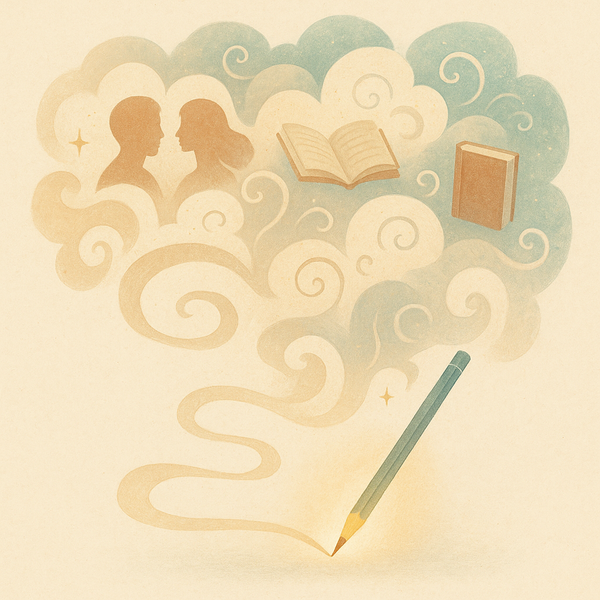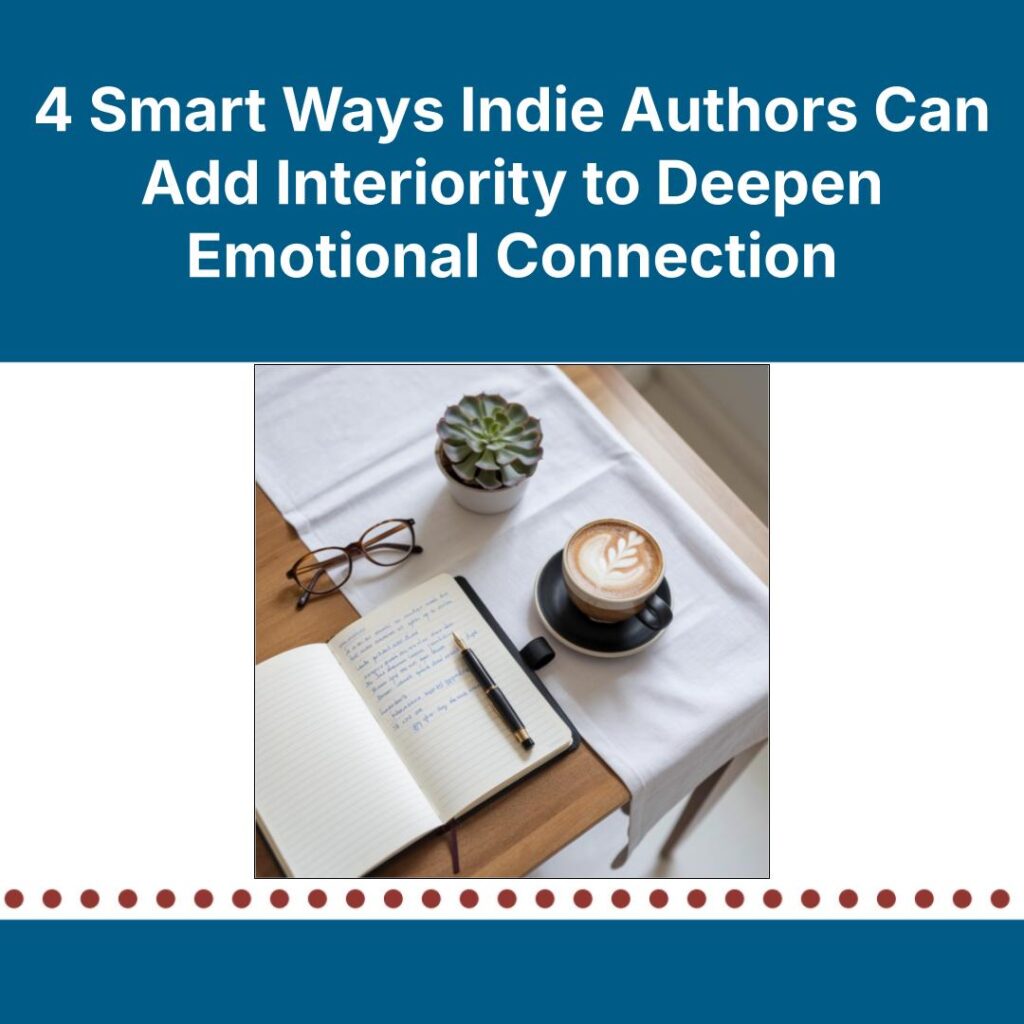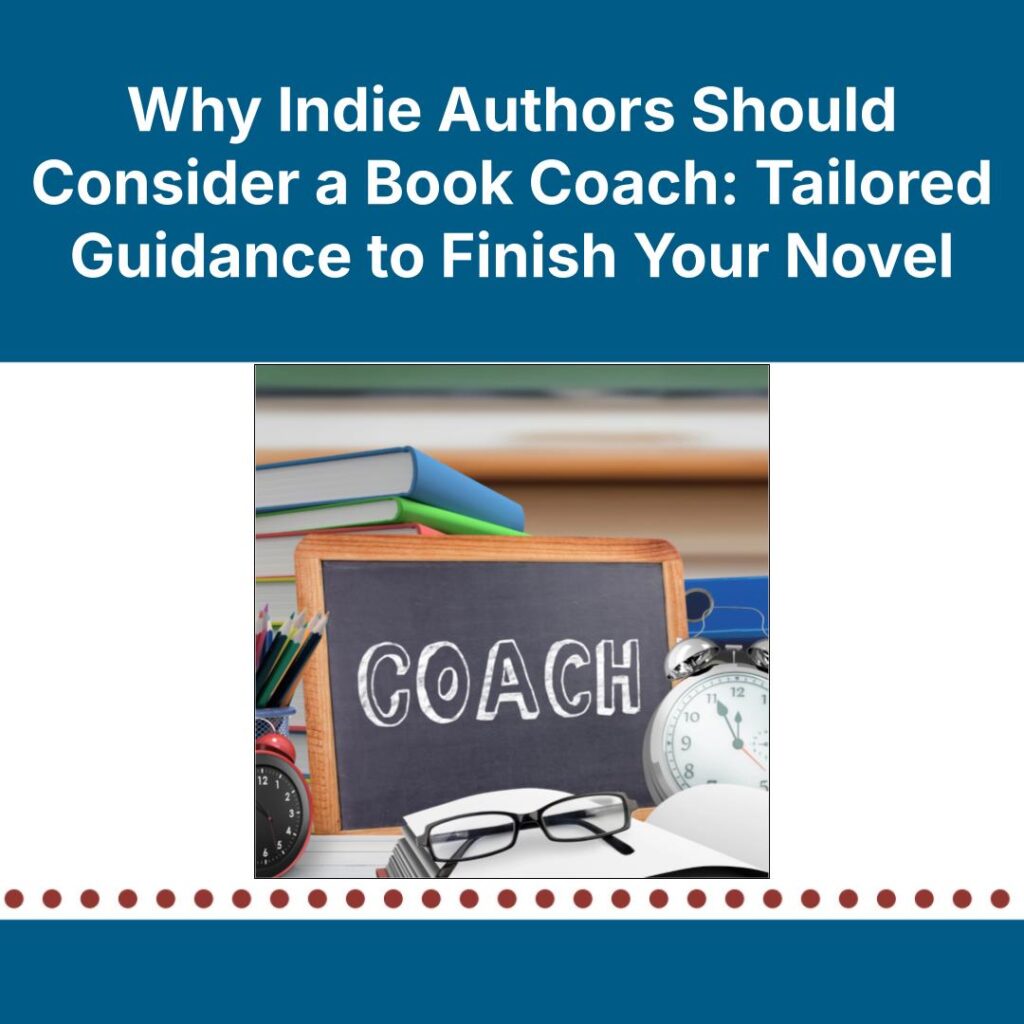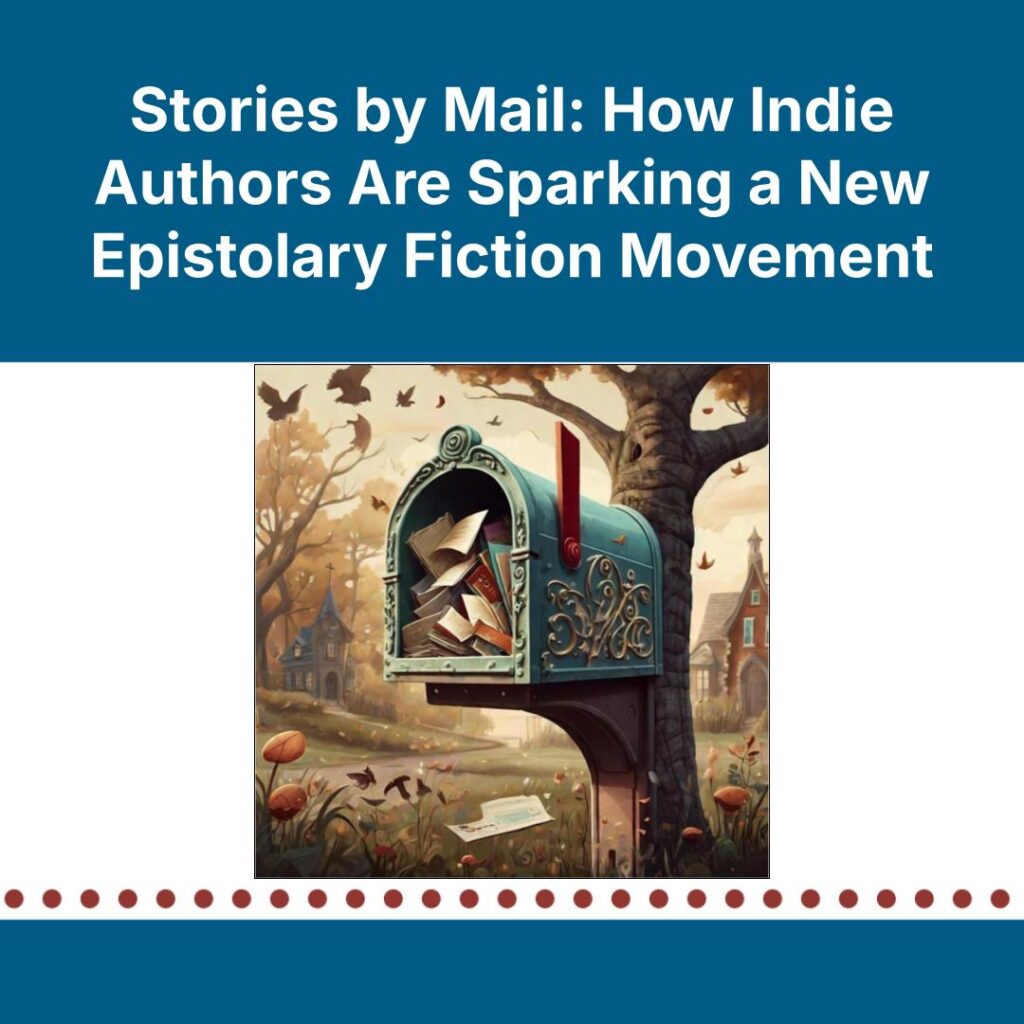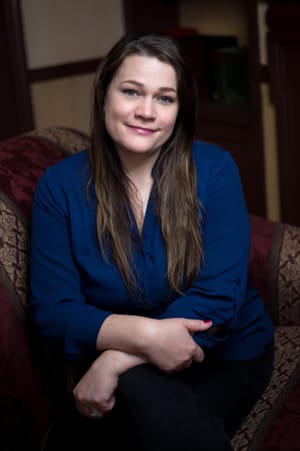But using a formal structure is the death of creativity...
Sure, that’s about as true as saying painters who prefer 11x14 canvas are not making the most of their art because they’ve limited the project’s size.
Just like painters can start with any base and express their vision using a variety of tools such as color, texture, etc., so can the author develop a beautiful story using the tools at their disposal. One such tool is structure. And one such structure is Scene and Sequel.
Understanding how a reader consumes your material and how to structure future material to aid that consumption can help you become more successful at your craft. Instead of thinking of formal structures as a box with a lid, think of them as a starting line.
What is the Scene and Sequel Structure anyway?
Like many writers, you likely have a fair understanding of what a scene is: a small piece of a larger narrative with a defined beginning and end. Or “a unit of action,” per author K.M. Weiland—who, by the way, is an excellent resource for all things novel structure, but more on that further down.
Also like many writers, you probably think of “sequel” as the second or next installment of a completed plot or story, aka “book two.”
In this article, we aim to expand on both of those base definitions to provide a more thorough understanding of novel structures, specifically the Scene and Sequel method identified by Dwight Swain in his book, Techniques of the Selling Writer.
But, let’s get to the point. The simplest explanation is that a scene is the action, and a sequel is the subsequent reaction.
In other words, a scene is the experience your main character has, and the sequel is how they feel and respond to that experience. To illustrate this idea further, chapter thirteen (scene) might have your character fighting a robot overlord to save her beloved space cruiser from impound. After the conclusion of that fight, chapter fourteen (sequel) would show how the character feels when her space cruiser is towed away and how she vows to get it back or die trying. If the scene is a grab-your-attention event (huge space fight), the sequel is the emotional and sometimes physical response (cursing at the robots from the inside of a galactic prison cell) to the outcome of that event.

When you put all of your scenes and sequels together in a way that your reader will respond best to, you’re likely on your way to mastering pacing. And pacing is what keeps the reader turning those pages. And turning those pages is what puts money in your bank account as you build superfans.
Why care about structures like Scene and Sequel?
Techniques like what we’re discussing here are essentially used to ensure the reader is satisfied with the progression of your story. And before you say, “but the ending is satisfying,” remember that endings only come after a long middle. If you can’t get the reader through the “soggy” middle, they’ll never make it to your perfectly crafted and satisfying conclusion. In theory, by pulling your reader in with every scene and every sequel, you avoid meandering plot arcs and slow pacing.
And you may not realize this, but we’ve all been guilty of meandering and lackluster pacing.
Yes, even you, Awesome Author Person who’s reading this article.
Implementing the Scene and Sequel structure
If using Scene and Sequel as a plotting tool, a basic overview might look like the following:

The cliff notes version of setting up a scene involves giving your protagonist a goal and putting something in the way of achieving that goal.
One important pro-tip with this type of structure is that both the Scene (action) and Sequel (reaction) can happen in the same scene of the book. In the graphic above, the heroine’s father is murdered (action) and she immediately thirsts for the blood of the killer, likely while in the same room as her father’s slowly chilling corpse. The reader hasn’t seen a scene break yet, but the rising action and falling response have both happened.
The beauty of the Scene and Sequel structure is that it allows for flexibility.
Tips and Things to Remember
- Scenes should be linked in some way. Ever read a book where a chapter or scene felt like it was just dropped into that spot in order to explain the plot? Unless you’ve got some very grand scheme, maybe don’t do that.
- The stakes should be clearly defined. What happens if the goal is not achieved?
- Scenes should accomplish something. It doesn’t have to be a huge reveal, giant battle, or clever plot twist, but the scene has to serve a purpose for your story. When scenes don’t serve a purpose, they get boring and readers stop reading. Remember the meandering mentioned earlier?
- If your sequel doesn’t directly relate to your scene, it might not be a sequel; it might be a new scene. And this brings us to the next bullet point…
- Your scene and sequel structure does not have to be one for one. You can have two scenes back to back followed by one sequel, or really whatever makes sense within the context of your story.
This is not an exhaustive list by any means, merely a few guideposts as you journey down the Scene and Sequel path.
Next Steps and Further Study
Above, we mentioned that K.M. Weiland is a great resource for understanding how to make the most of your novel’s structure, so if you’d like to read more about things like the inciting incident, plot and pinch points, linking your structure, the climax, the hook, etc., we recommend her website, Helping Writers Become Authors, and her book called, Structuring Your Novel along with the workbook under a matching title.
And after you’ve done some deep dives into story structure, the next step is the fun part: practice. With any advice or tactic, the writer gets to figure out how to make it work for them.
Maybe the Scene and Sequel structuring technique will help you unlock your inner speed writer or maybe it will fizzle out in a mental puff of smoke, but it doesn’t hurt to step out of the box. Afterall, what is the craft of writing if not evolutionary by default?



